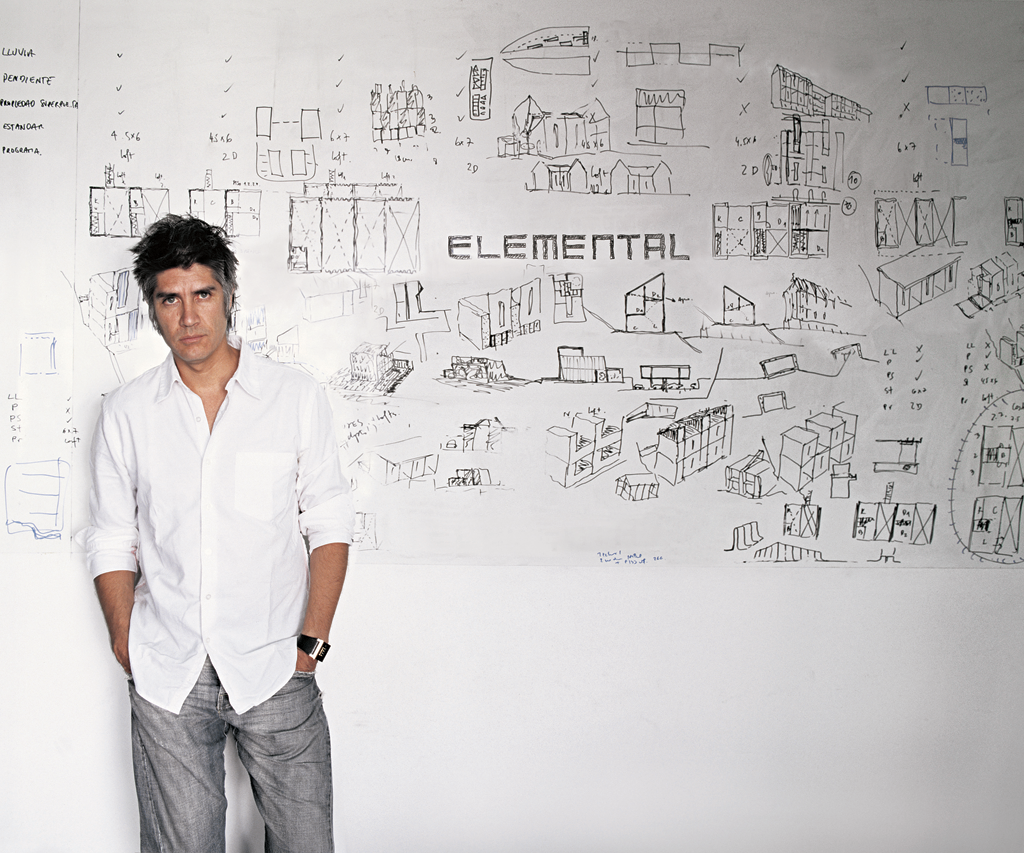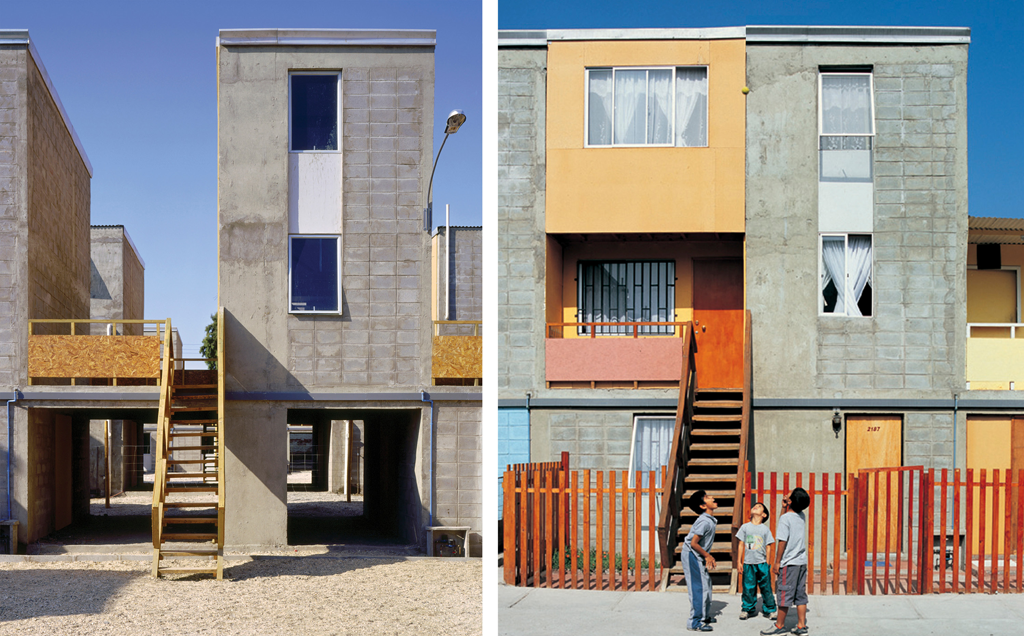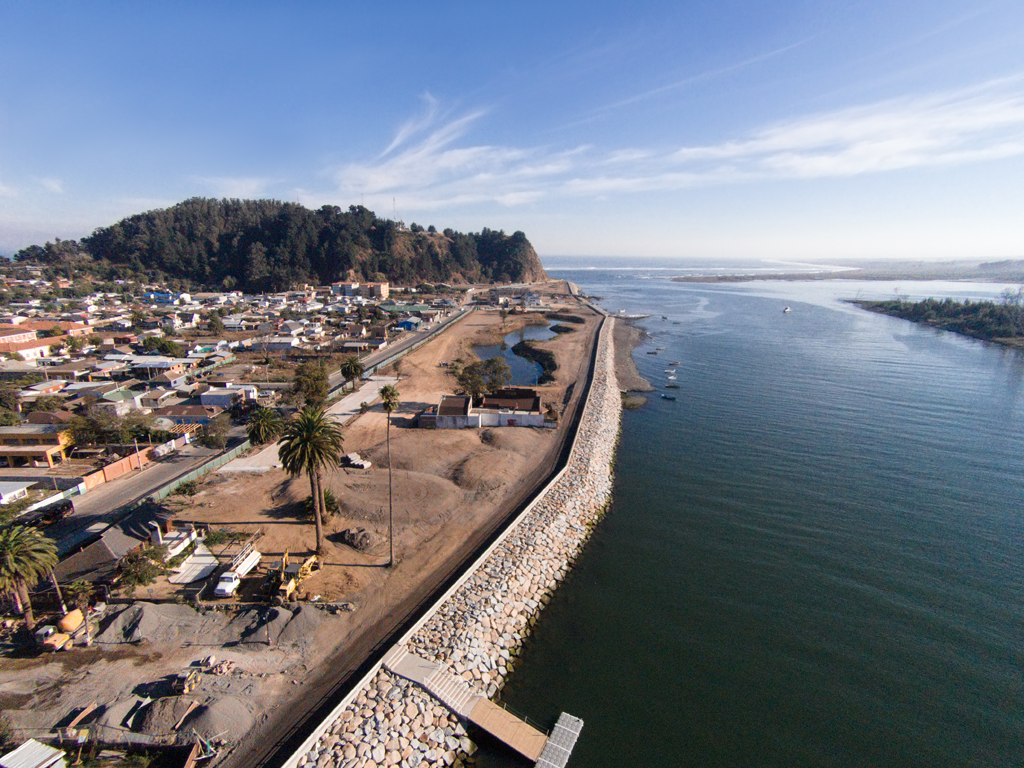Pritzker 2016: Alejandro Aravena on the front line
By Philippe Trétiack for L’Architecture d’Aujourd’hui
At the age of 48, the architect Alejandro Aravena has just won the jackpot. Not content with having been chosen curator of the 2016 Venice Biennale, he was awarded this year’s Pritzker Prize. It’s true that this “Reporting from the front”, the theme he selected for the Biennale, had already placed him on the front line.
Constantly attacking, this Latin American from the outermost bounds (“Chile, a balcony on the sea”, Pablo Neruda), has just demonstrated that being an architect today is no longer simply being concerned with form but much more so with the formless. Water and land requirements, the need to build housing for a million inhabitants every week, to avoid the proliferation of slums and shantytowns, all this is the gist of his method. Whether in the Elemental office, with which he designed, working with the inhabitants, whole districts of social housing in southern Chile, or by taking an interest in the best way to provide protection against the tsunami that threatens his country and so many others, he uses the same formulas, aims at synthesis, simplicity, the coordination of efforts and resources. Of course, we could leisurely leaf through his photo library, admire the many buildings he designed throughout the world, but we could also endlessly marvel before a rewriting of the modernist cement he used for his Siamese towers in Santiago de Chile, before the brutalism of a villa or the kaleidoscope of an emergency housing development. What is important is found elsewhere, in the desire to make architecture a leading discipline in reconciling human beings with their natural environment and doing so through the project, the words and the participation of everyone and everything, a discipline in which the form never prevails over the front.




